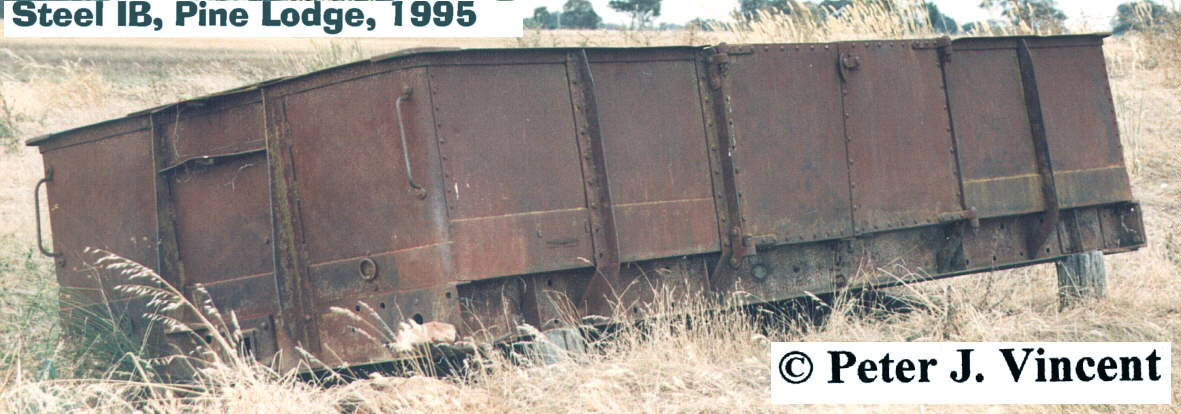

By the mid 1920's large capacity fixed wheel wagons were being issued to service. From late 1923, large numbers of low capacity ( 8 ton, 10 ton, 11 ton ) _I__ wagons were being removed from service; placed in storage or scrapped.
The practice at the time was to bill for goods based on the rated capacity of the vehicle transporting the goods. For example a 10 ton load sent in a 10 ton wagon attracted a lower rate than 10 ton sent in a 16 ton wagon. This was a problem identified as early as 1908 when there was a mix of large and small capacity open wagons. Unusual that it took 20 years to rectify the problem.
From the fuss raised it seems apparent that the reduction of small capacity wagons resulted in large capacity wagons being supplied to stations for the transport of small loads. Customers were charged accordingly. The matter seems to have gone as far as State Parliament. A concession was worked out.
Wagons were designated as "dual capacity" for the purposes of load rates. For example, some 16 ton wagons were marked "11/16 tons" showing the dual capacity. This indicated that loads up to 11 ton were charged at 11 ton rate and loads over that were charged at the 16 ton rate.
This practice seems to have been introduced earlier than 1929 but wagons were not specially indicated by codes or suffixes to the main wagon code. In 1929 the main "I" wagon group was split into groups which designated the different load capacities.
The "IB" group represented those wagons of 8 ton, 10 ton and 11 ton capacity. The recoding of these wagons took place between 1929 and about 1934. The official Register records do not record the recoding dates. Some dates are only available from remaining workshops records.
Wagon capacity varied also according to maintenance demands. With worn wheels and axles a vehicle could be derated from 11 ton to 10 ton for several months. When repaired the capacity would be again increased to 11 ton.
Apparently with the recoding of 1929, the ratio of '11 ton' wagons to '16 ton wagons' was noted. As the low capacity wagons were scrapped a corresponding number of 16 ton wagons were stencilled with dual capacity markings. From 1928, low capacity open wagons were scrapped at about 80 a month.
These low capacity wagons were progressively scrapped through to about 1953. The remainder of the fleet were scrapped between 1953 and 1956. Some wagons in Way & Works service lasted until the early 1960's.